Kilmainham Gaol, Stephen's Green and Merrion Square.
The next exciting place we went to in Dublin on Arleynne's visit was Kilmainham Gaol, which for centuries was the holding place of Irish rebels. It's also where the 1916 rebels were executed, a political misstep by Britain which allowed the Irish republican movement to gain popular support. It was built in 1796.
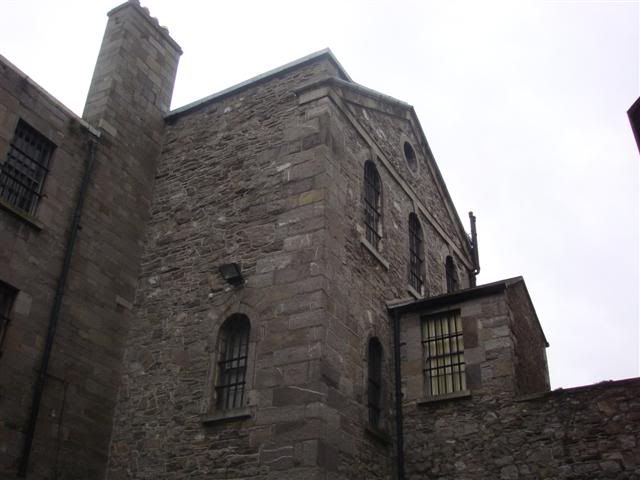
They don't let you just wander through, you have to take a tour, so we gathered in the courtyard to begin
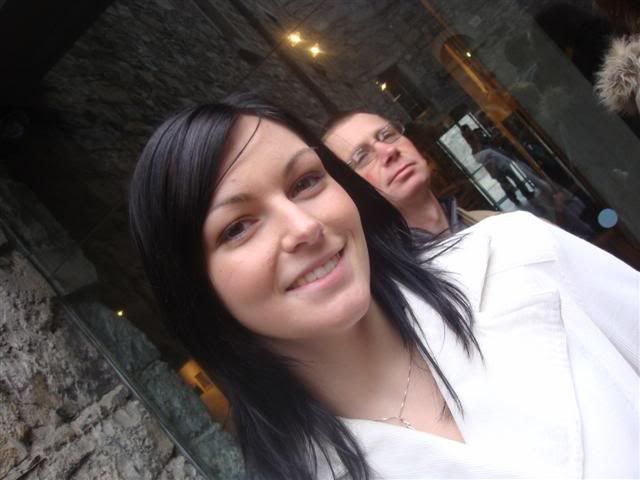
The first place you go is the prison chapel. There's one particularly nice (if very sad) story here. Grace Gifford, a cartoonist who was active in the Republican movement was engaged to be married to Joseph Plunkett, who in 1916 became a leader of the rebellion. They were to be married on Easter Sunday, and Grace had no prior knowledge of the coming Rising. Her fiance was arrested after the battle, taken to Kilmainham and sentenced to death. She came to the prison chapel on 3 May 1916 and married him there. Joseph Plunkett was executed by firing squad on 4 May, leaving Grace a widow after only a few hours of marriage. Seven years later, Grace would return to Kilmainham as a prisoner after the civil war, never having abandonned her husband's ideals of a free Ireland.
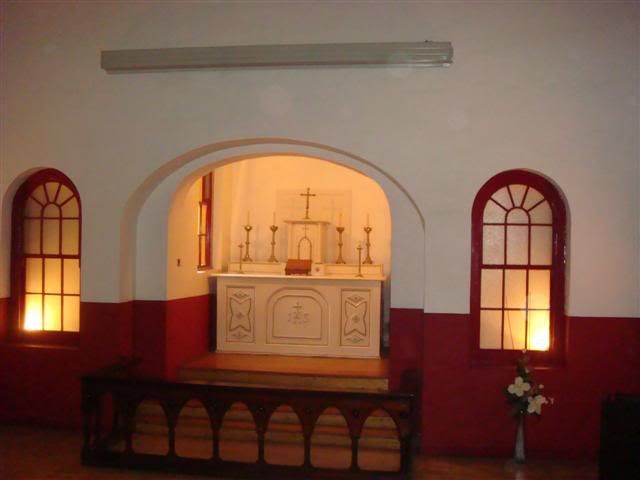
The central chamber of Kilmainham is a panopticon style hall, which means that from one vantage point, guards could see everything that was happening in the cells around them. The prisoners' every move was watched and controlled. The room itself reminded me of Shawshank Redemption. Several films have been made here, including Boondock Saints, Michael Collins and In the Name of the Father.
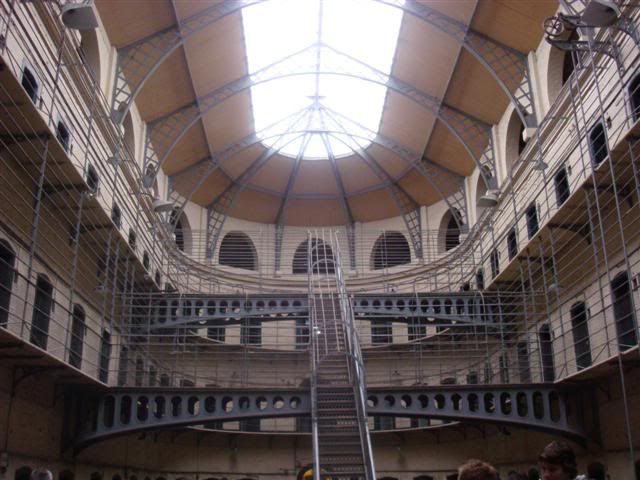
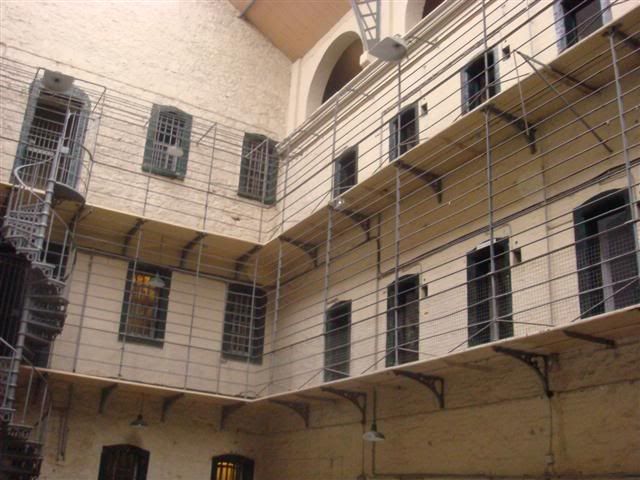
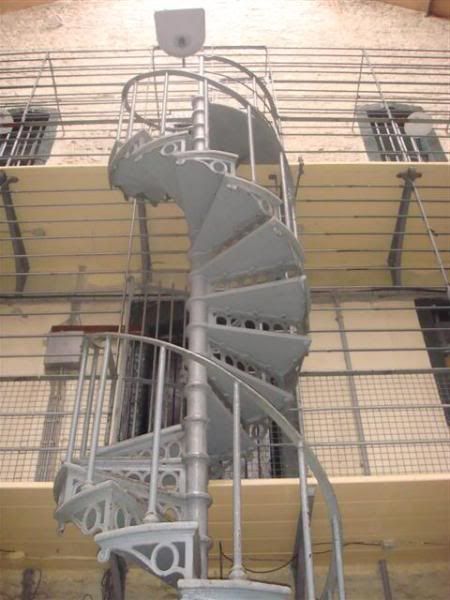
Eamon De Valera's cell
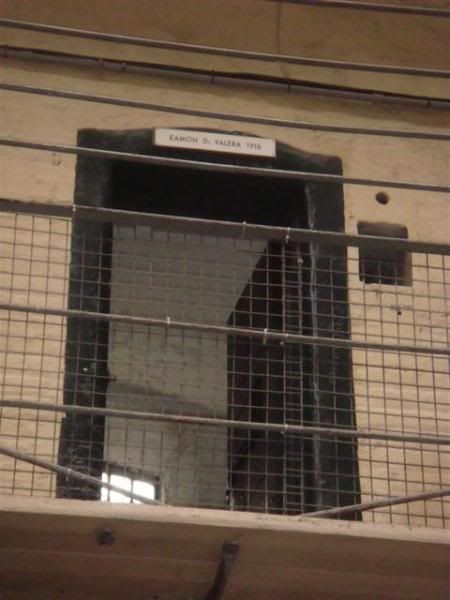
Arleynne and I.

Painting on the wall of the cell that belonged to Grace Gifford when she was imprisonned in Kilmainham.
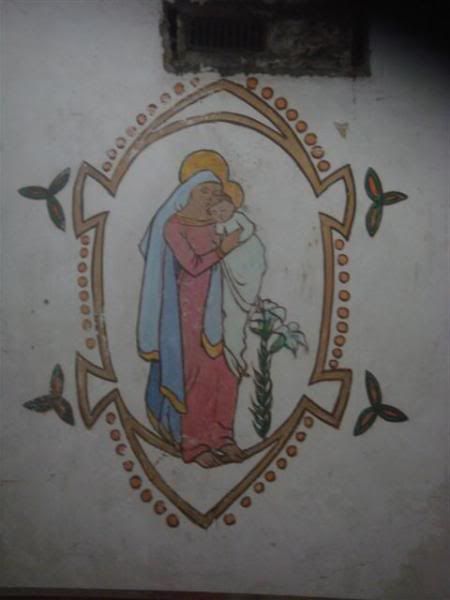
Kilmainham was the location of one of the first dumbwaiters in the world
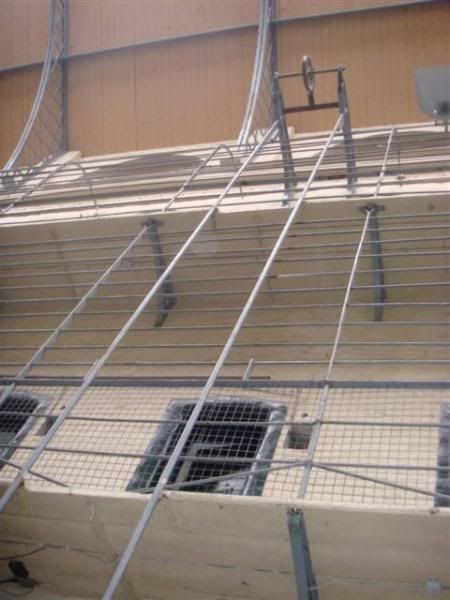
The site where Patrick Pearse was executed. That execution was particularly brutal as Pearse had been fatally wounded during the Rising but had been kept alive to be brought into Kilmainham, bound to a chair and shot by a firing squad.
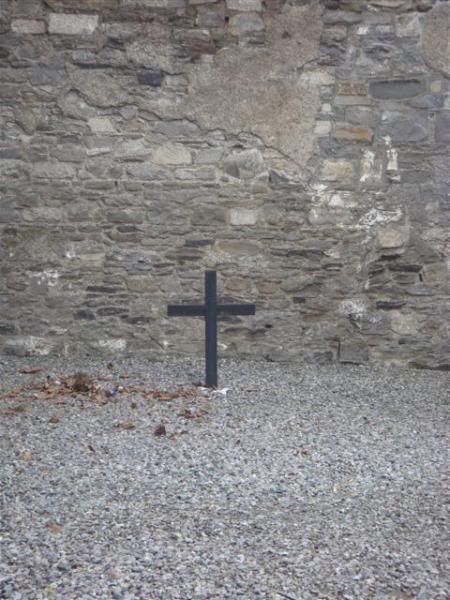
An original copy of the Evening Herald reporting the Rising.
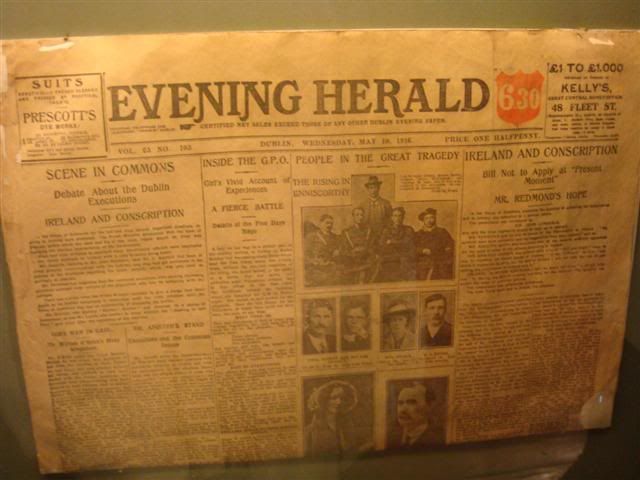
The Pobhlach na hEireann, which declares a republican Ireland
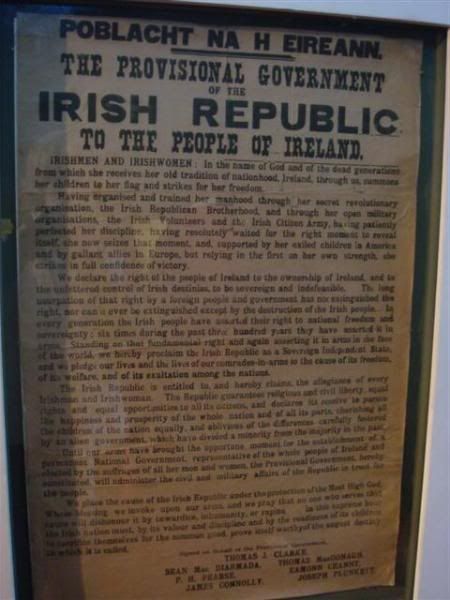
The front view of Kilmainham
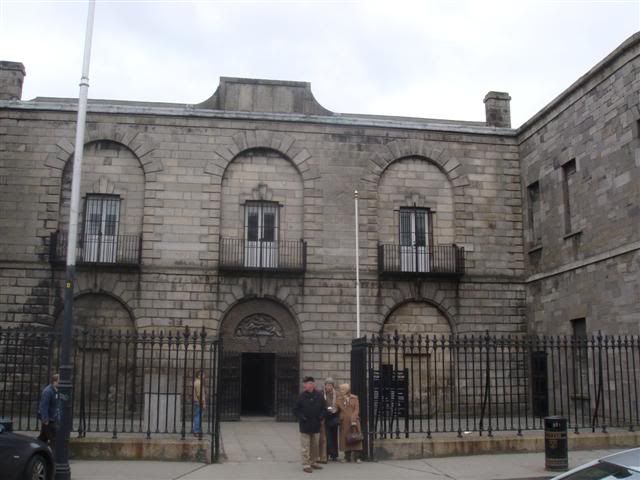
That afternoon we went to the National Museum of Decorative Arts and History. You can't take pictures inside, but there's a cool model of a Viking warship in the courtyard. The Vikings were the first to make Dublin (or Dyflin as they called it) into a prosperous port city.
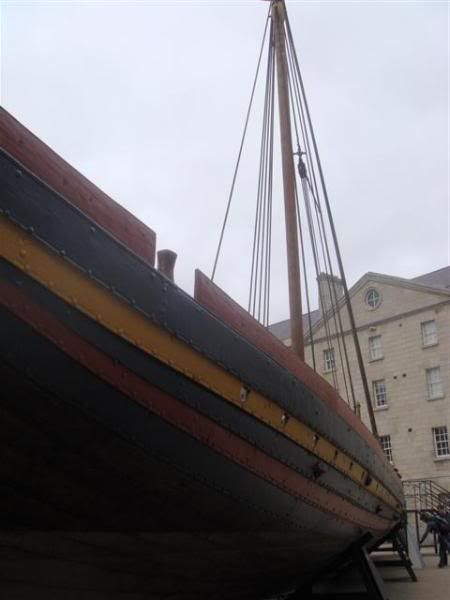
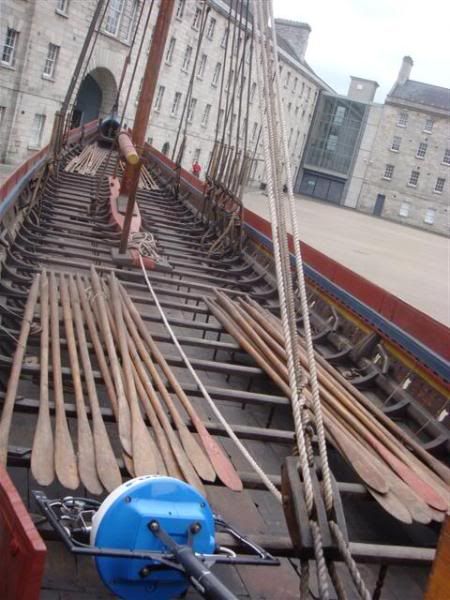
The museum itself is housed in a former military site called Collins Barracks.
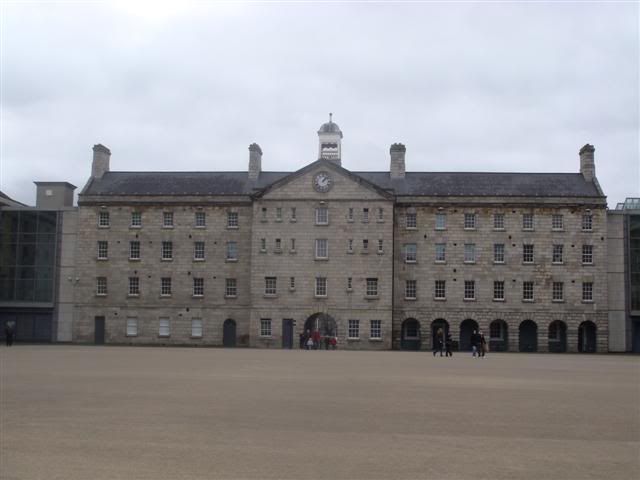
Arleynne at the last place you can take pictures before they start yelling at you.
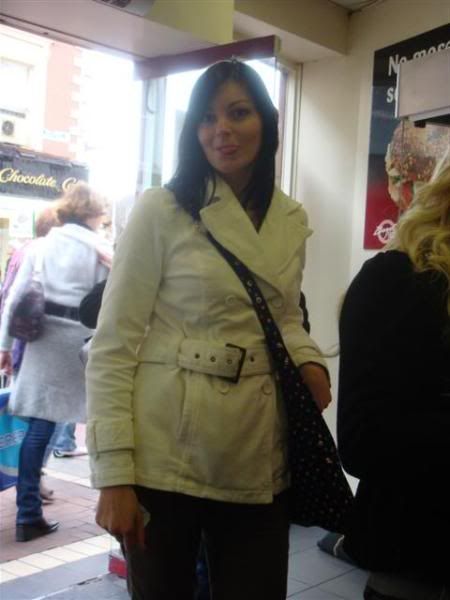
Since it was reasonably dry and pleasant out, we spent the rest of the afternoon going to Dublin's parks. First we got some bagels and sat down to eat in St. Stephen's Green.

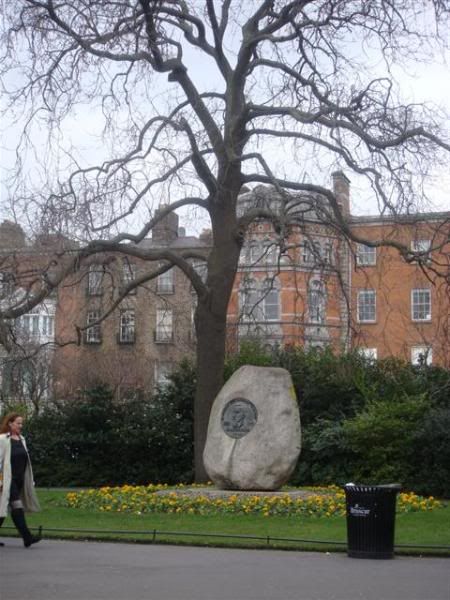
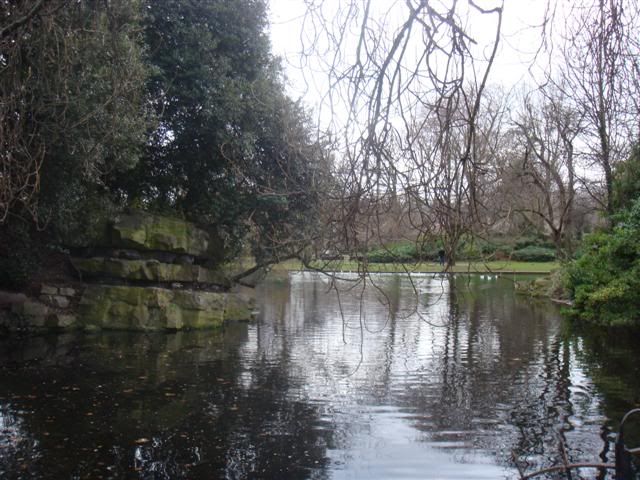

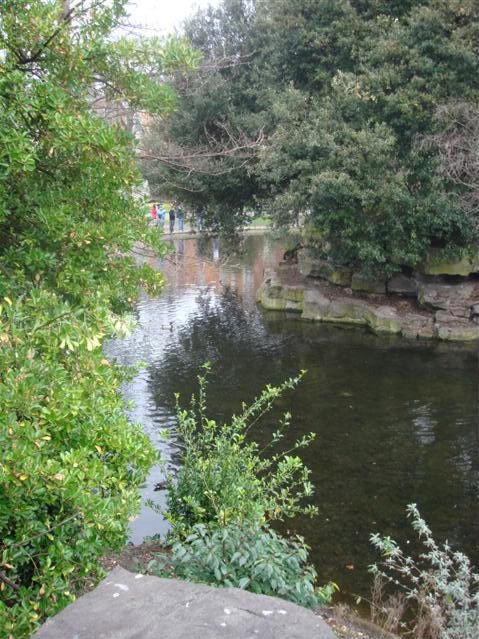
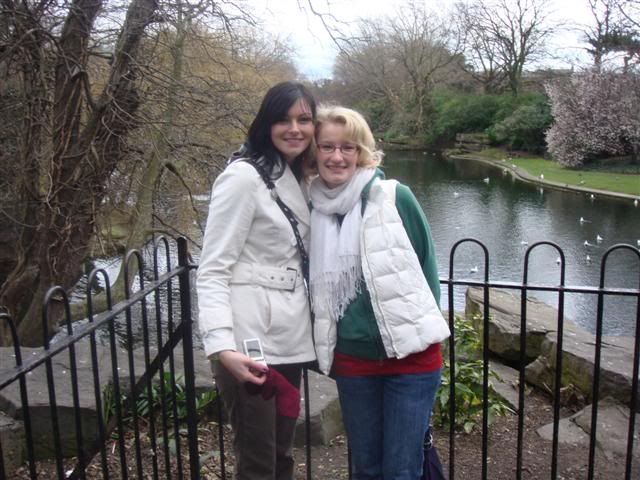
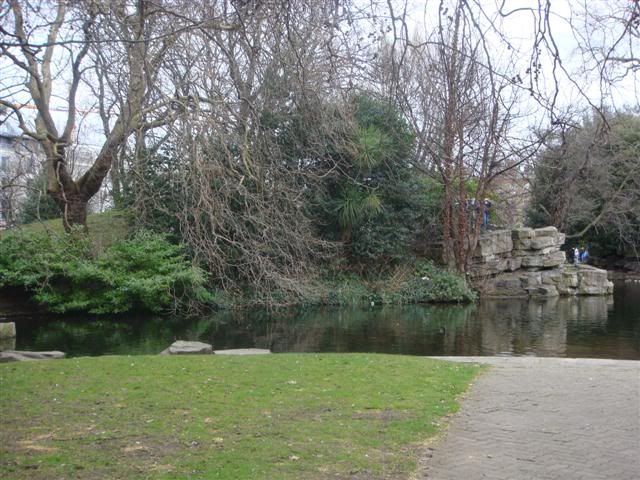
Arleynne with her supertasty mixed berry smoothie.
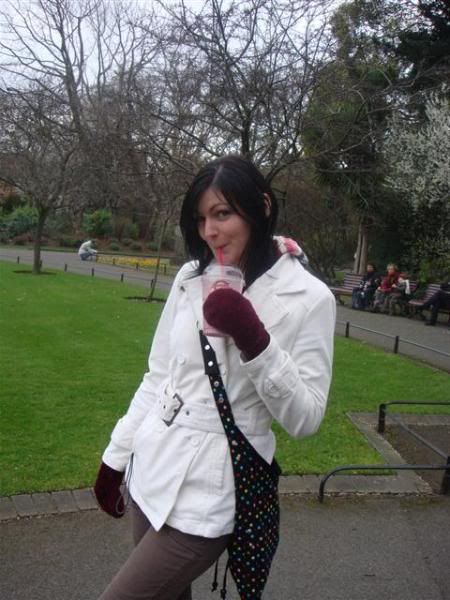
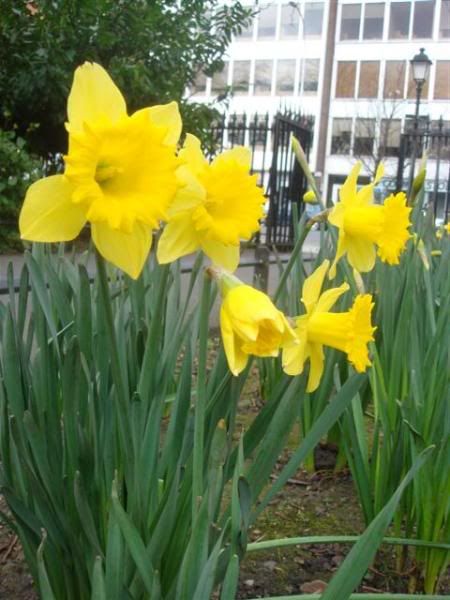
As we walked to Merrion Square we passed the office of the Taoiseach, Bertie Ahern, who resigned yesterday amid a massive scandal about his personal finances.
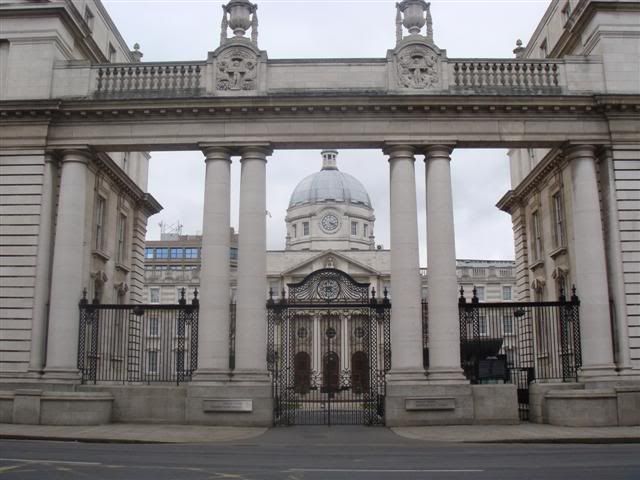
Arleynne is the Queen of Merrion Square


Oscar Wilde

And lastly and randomly, a few flowers.



They don't let you just wander through, you have to take a tour, so we gathered in the courtyard to begin

The first place you go is the prison chapel. There's one particularly nice (if very sad) story here. Grace Gifford, a cartoonist who was active in the Republican movement was engaged to be married to Joseph Plunkett, who in 1916 became a leader of the rebellion. They were to be married on Easter Sunday, and Grace had no prior knowledge of the coming Rising. Her fiance was arrested after the battle, taken to Kilmainham and sentenced to death. She came to the prison chapel on 3 May 1916 and married him there. Joseph Plunkett was executed by firing squad on 4 May, leaving Grace a widow after only a few hours of marriage. Seven years later, Grace would return to Kilmainham as a prisoner after the civil war, never having abandonned her husband's ideals of a free Ireland.

The central chamber of Kilmainham is a panopticon style hall, which means that from one vantage point, guards could see everything that was happening in the cells around them. The prisoners' every move was watched and controlled. The room itself reminded me of Shawshank Redemption. Several films have been made here, including Boondock Saints, Michael Collins and In the Name of the Father.



Eamon De Valera's cell

Arleynne and I.

Painting on the wall of the cell that belonged to Grace Gifford when she was imprisonned in Kilmainham.

Kilmainham was the location of one of the first dumbwaiters in the world

The site where Patrick Pearse was executed. That execution was particularly brutal as Pearse had been fatally wounded during the Rising but had been kept alive to be brought into Kilmainham, bound to a chair and shot by a firing squad.

An original copy of the Evening Herald reporting the Rising.

The Pobhlach na hEireann, which declares a republican Ireland

The front view of Kilmainham

That afternoon we went to the National Museum of Decorative Arts and History. You can't take pictures inside, but there's a cool model of a Viking warship in the courtyard. The Vikings were the first to make Dublin (or Dyflin as they called it) into a prosperous port city.


The museum itself is housed in a former military site called Collins Barracks.

Arleynne at the last place you can take pictures before they start yelling at you.

Since it was reasonably dry and pleasant out, we spent the rest of the afternoon going to Dublin's parks. First we got some bagels and sat down to eat in St. Stephen's Green.







Arleynne with her supertasty mixed berry smoothie.


As we walked to Merrion Square we passed the office of the Taoiseach, Bertie Ahern, who resigned yesterday amid a massive scandal about his personal finances.

Arleynne is the Queen of Merrion Square


Oscar Wilde

And lastly and randomly, a few flowers.

